Welcome to South Austin Vein Center. Led by Dr. Michael Di Iorio, one of the first American physicians certified by the American Board of Venous and Lymphatic Medicine, our practice offers advanced, minimally invasive care for vein disease with minimal downtime. Recognized as a Top Doctor for Austin by Castle Connolly, we proudly serve as Austin’s experts in varicose and spider vein care.
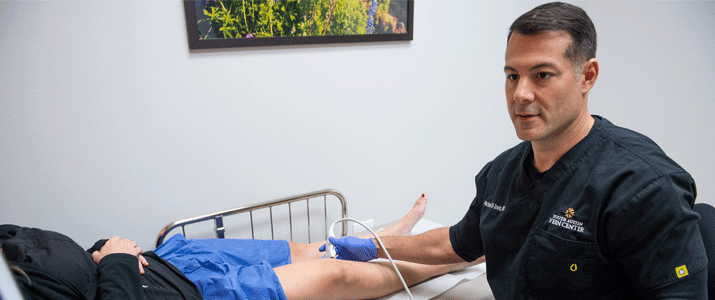
If you suffer from problems related to varicose and spider veins, you are not alone! Venous insufficiency also known as venous reflux diease, is the most common cause of varicose veins and affects nearly 30 million adults in the United States.
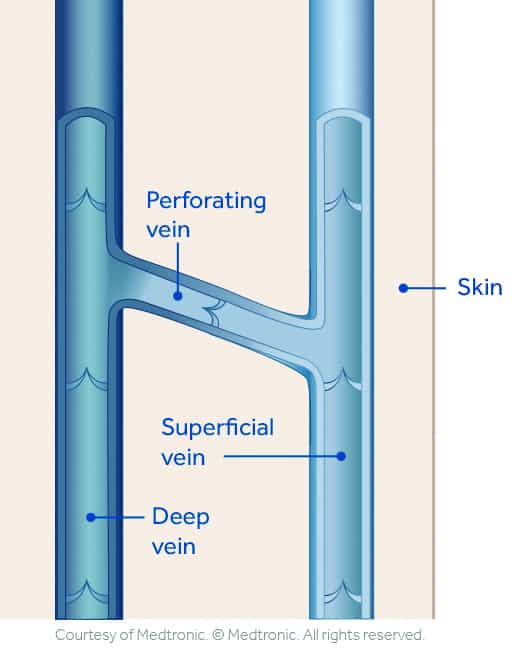
Although veins and arteries are both part of the cardiovascular system, they have very different functions. For the most part, arteries transport oxygen rich blood away from the heart and veins return oxygen depleted blood back to the heart. In a person’s leg there are two sets of veins, the deep veins that are under the muscle sheath and the superficial veins that are outside of the muscle compartment closer to the skin. There are also veins called perforators that act like bridges connecting the two sets of veins.
Blood flow in the veins of the leg has to work against the pull of gravty and when standing depends on leg muscle contraction to push the blood. One-way valves in the veins act to direct blood in the right direction, towards the heart, and prevent it from flowing backwards. Venous insufficiency occurs when the valves in veins begin to leak and allow blood to flow backwards (reflux) and pool. This increases the pressure inside the veins and the veins begin to stretch and become enlarged. Enlarged veins are known as varicose veins. This increased pressure can also be transmitted to other connecting veins causing them to reflux and become varicose veins.
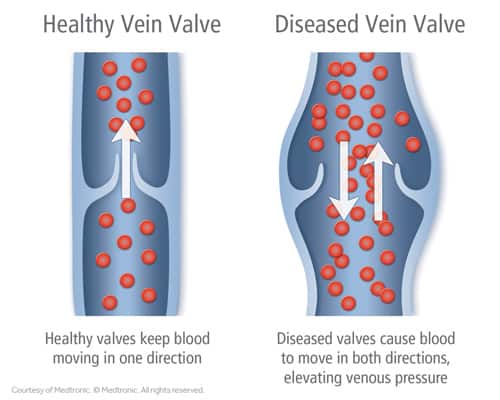
If left untreated symptoms can worsen and additional health problems can result:
Diagnosis begins with a thorough examination of your legs followed by a venous ultrasound. Ultrasound allows us to diagnose and target the source of vein problems, giving a clear picture of how the veins look and are functioning. A quality ultrasound performed by a trained professional and interpreted by a qualified physician is vital to determine if vein disease is present or not. Among his many certifications, Dr. Di Iorio’s training and board certification in diagnostic radiology, along with his multiple advanced ultrasound certifications, ensures that you will receive the most complete examination and accurate diagnosis.
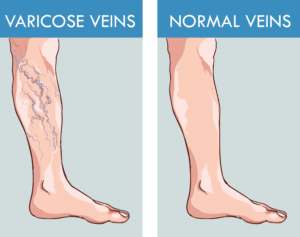
At South Austin Vein Center, we offer several effective vein treatments for varicose and spider veins.
Before treatment, Dr. Di Iorio reviews your current medications with you. You may need to temporarily discontinue certain medications that affect blood clotting.
UV light increases skin sensitivity, which means treatment-related inflammation could cause skin discoloration. We recommend limiting sun exposure for a week or longer before and after treatment to avoid this.
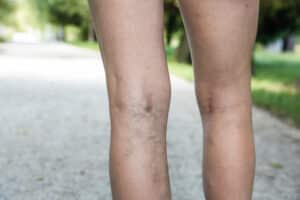
Recovery is generally quick, with most patients resuming normal activities that same day. Many patients need to wear compression stockings after treatment. Dr. Di Iorio and our team also provide other detailed recommendations, which usually include avoiding strenuous activity, hot baths, or direct sun exposure for a few days. Mild bruising or redness may occur but fades quickly.
Most patients need one to three sessions, based on the number, type, and size of veins treated.
At South Austin Vein Center, we combine advanced technology with personal, compassionate care. Medical director Dr. Michael Di Iorio is a board-certified vascular surgeon with specialized expertise in minimally invasive vein treatments that minimize discomfort and downtime. Dr. Di Iorio is also board-certified in diagnostic radiology, giving him truly comprehensive knowledge and skills in the world of vein disease care.
Our state-of-the-art vein treatment center provides a safe, comfortable setting where each patient receives attentive care tailored to their needs. Unlike larger, generic facilities, we take the time to explain your condition, review treatment options, and support your long-term vein health.
Our team is dedicated to making vein care comfortable and accessible, so we offer evening and weekend appointments to fit your schedule.
Call 512-614-1025 to book your appointment with our vein experts.